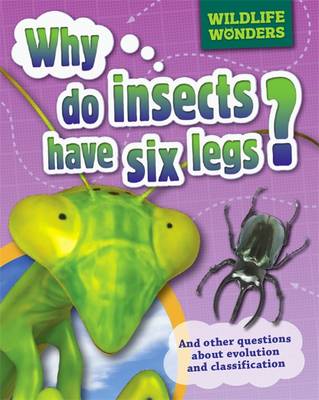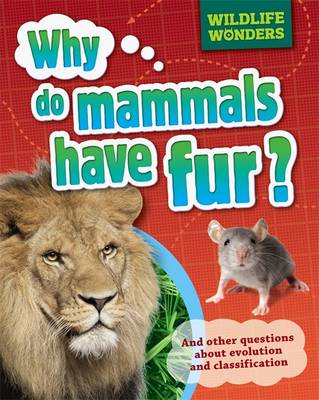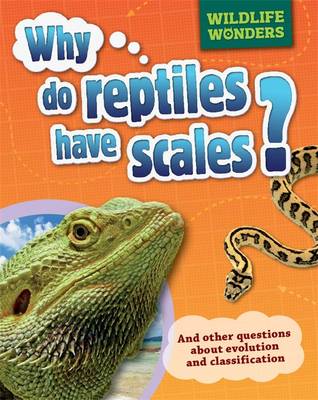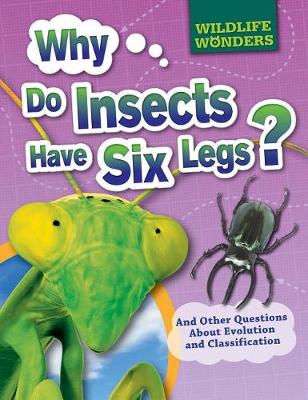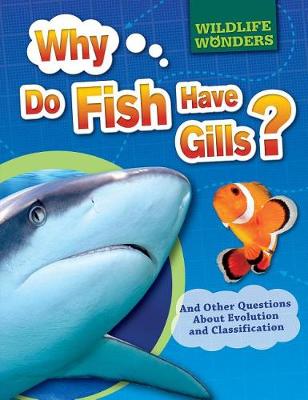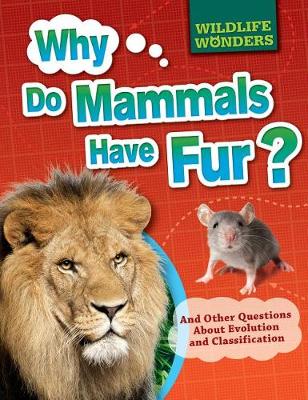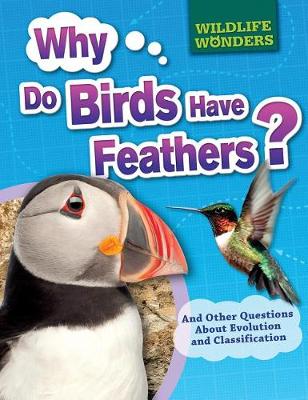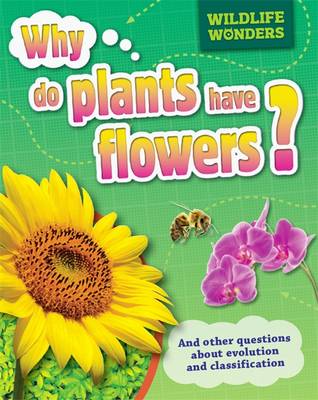Wildlife Wonders
13 total works
An original new science series which explores the key characteristics that divide the main animal and plant groups, and looks at how these characteristics have evolved over time. The information is supported by examples that highlight the quirky and amazing qualities of the natural world, as well as revealing the dazzling variety within each group.
Why do Fish Have Gills? looks at the features that make fish so unique. It describes how they have evolved over time, and highlights how they adapt to survive in an ever-changing environment. Fish anatomy, self-defence and senses all also feature.
Why do Plants Have Flowers? looks at the features that make plants so unique. It describes how they have evolved over time, and looks at how flowers, seeds and pollination developed. Behaviour, habitats and adaptation all also feature.
An original new science series which explores the key characteristics that divide the main animal and plant groups, and looks at how these characteristics have evolved over time. The information is supported by examples that highlight the quirky and amazing qualities of the natural world, as well as revealing the dazzling variety within each group.
